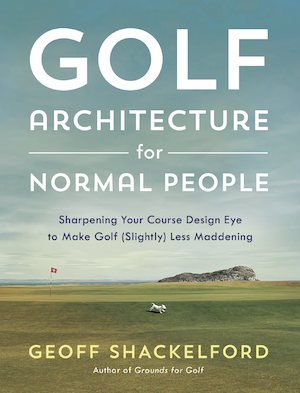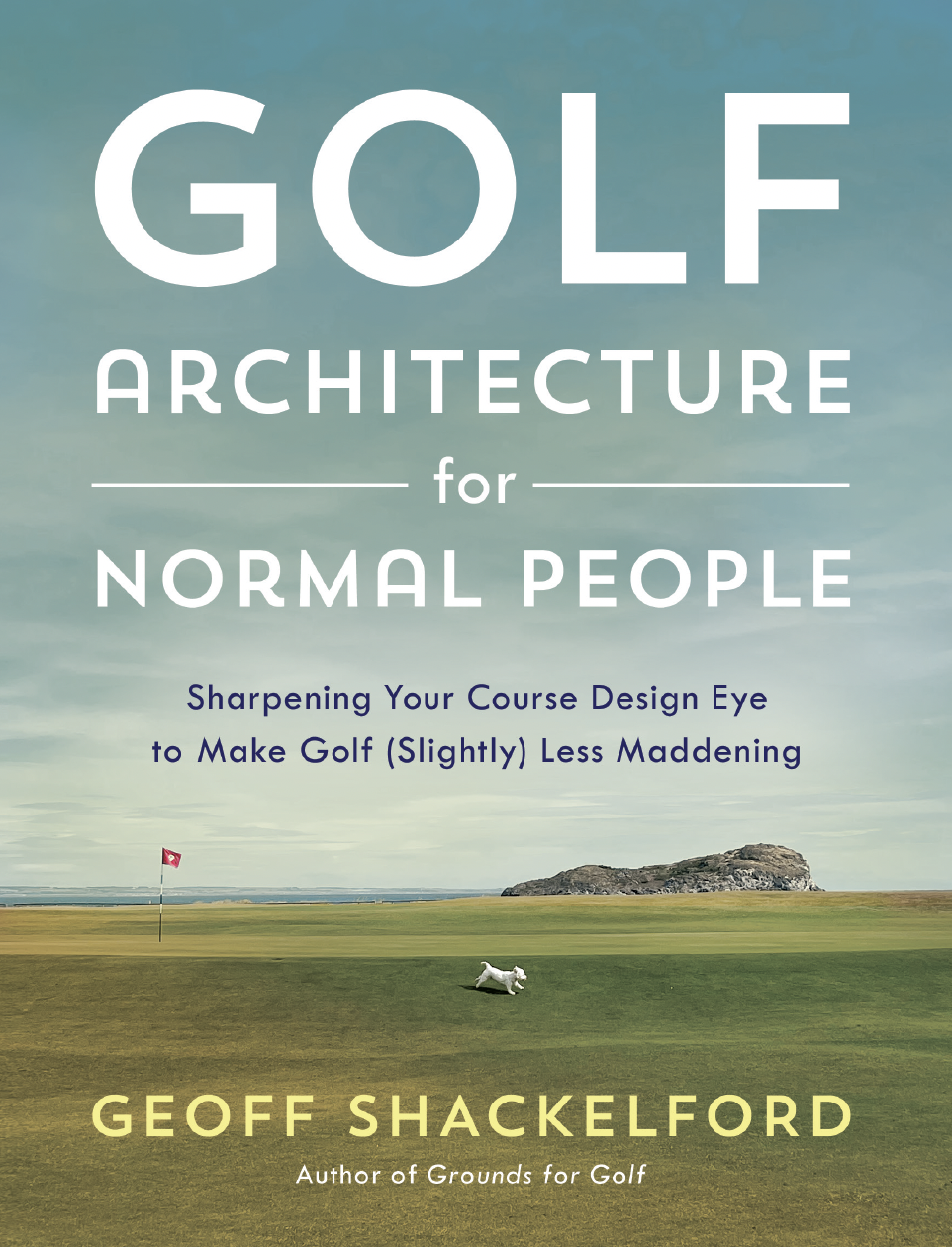I'm not sure what's more disappointing: that former USGA technical director is advocating more rough and 10 clubs, or that the New York Times continues to print his pieces, even putting the latest column on the main Op-Ed page.
In an email sent out to his subscribers, the headline read "THOMAS PROPOSES TEN CLUB SOLUTION FOR TOUR," and the subheader said, "Limiting club selection and focus on course set up can help allay technology fears."
In "Golf's Power Failure," Thomas writes:
Now officers and elders of the golf association — which, along with the Royal and Ancient Golf Association of St. Andrews, Scotland, writes the game's rules — have asked manufacturers to study the feasibility of a ball that would travel on average 25 yards less than those used now.
This idea is wrongheaded in several ways. To begin with, mandating such a ball would affect all players, and the vast majority of golfers don't hit the ball too far. (Nor do we hit the ball nearly as far as we think we do; well-supported data indicates that the average golfer hits a driver 192 yards — while thinking that he hits it approximately 230.) It's safe to say that for most of us the great layouts created a century ago still provide plenty of challenge.
Which is why Thomas is advocating change, but not before questioning recent action taken by the USGA to mop up for many of the things that got by his watch:
Even before addressing the ball, the rule-making bodies took several foolish steps. They instituted limits that allowed some spring-like effect from the club faces of high-tech titanium drivers (a phenomenon that let the club itself enhance the ball speed at impact for the first time), while restricting both the length of a driver (which will affect few players) and the permissible height of a tee (which is downright silly). They have also explored limits on how much a club can resist twisting at impact; such a change, like the reduced-distance ball, would have a much greater effect on the average golfer than on those who play for prize money.
Ah, so since this debate has always been part of the game and we should relax a bit, Thomas suggests doing something about it:
The goal should be to keep professionals from mindlessly bombing away while not unnecessarily hurting the average player. I have two suggestions. First, tournament courses should be set up to punish long but wayward hitters by narrowing fairways and growing higher rough (the longer grass along the margins of the hole).
Yes, it's worked so well and cures many sleep disorders. And really, when you consider that fairways are now 20-25 yars, they have so much room to get narrower. I saw the width of a ball would be fair.
The other major change would address the imbalance that today seems to favor power so strongly over touch and finesse. To place greater emphasis on the old skills required to work the ball and to hit less-than-full shots, professional players should be restricted to 10 clubs in their bags instead of the current 14.
What do you think manufacturers would hate more, a ball rollback that doesn't impact anyone under 110 mph, or Tour pros only uh, "branding" 10 clubs instead of 14?
And they say I'm anti-technology!













